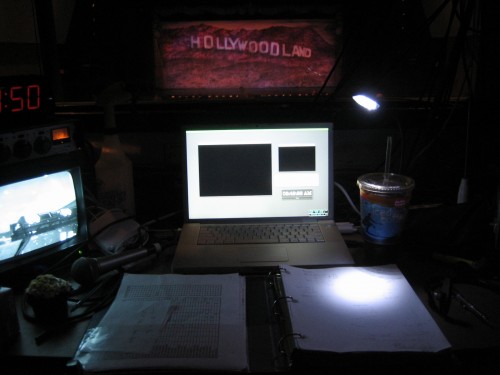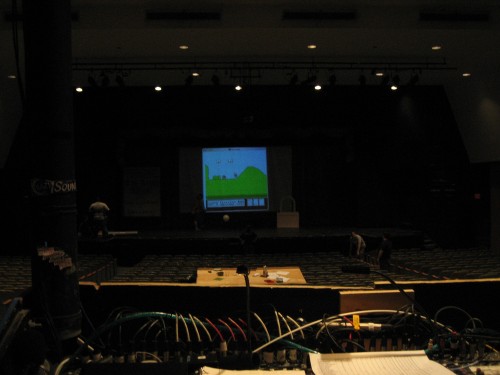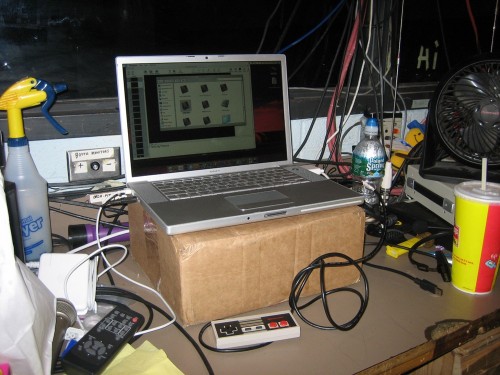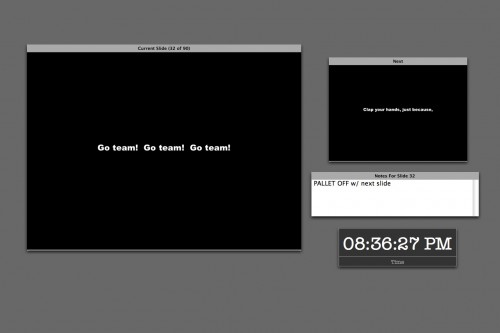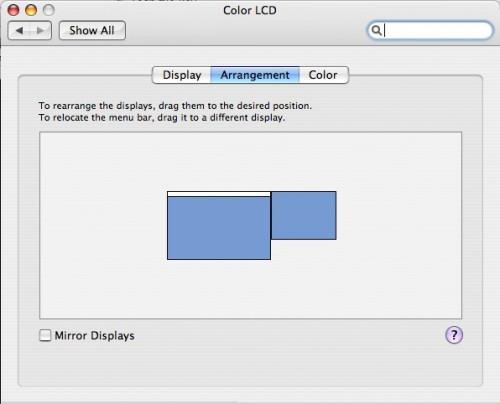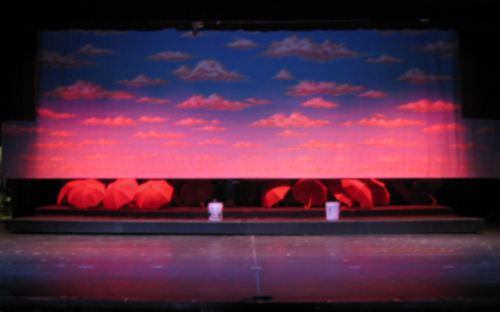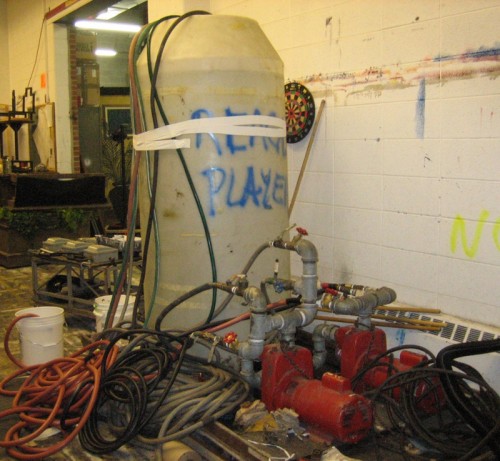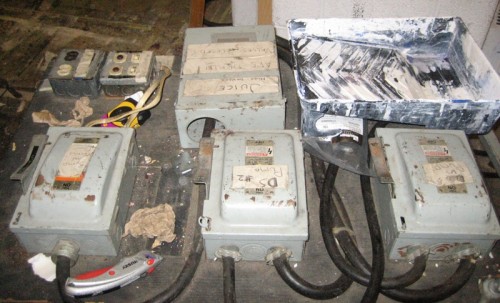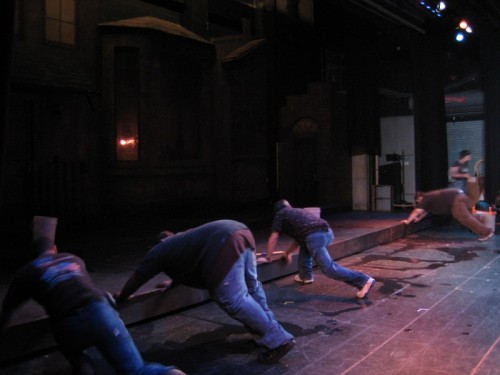I’m one of those people who will be on tour in a city for a week and refer to the hotel room as “home.” So it doesn’t really surprise me that when I slept in my own bed last night I felt like I was in a hotel room, and I’m now looking forward to going “home” to the Hardy Apartments in Waltham. I love my nice soft mattress and my nice soft sheets and my nice soft pillows, but I know that creaky twin mattress at the Hardy is where I’m supposed to be. In fact I just realized last night that I’m much more productive at Reagle mostly because it’s usually more comfortable to get out of bed than to stay in it.
So I’m looking forward to getting back to Waltham, mostly because that’s where a lot of my stuff is and I’m used to it. Plus it’s hot and I want to throw my heavy backpack in the trunk of my car and crank the A/C instead of standing on a hot train platform for 15 minutes, only to remain cramped in a subway car for another 45 minutes, only to walk up and down steep hills with my heavy backpack and up five flights of stairs. I would never want to live anywhere else but New York, but being in the suburbs, especially in the summer, has its advantages.
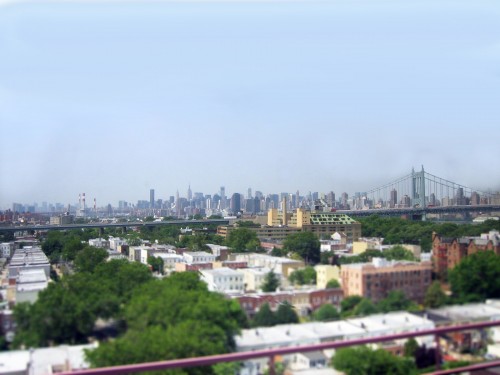
I took this photo as we left, and decided to mess around with my new version of Photoshop on a fake macro effect that I’ve been wanting to try for a while. I took the picture and then between New York and New Haven, worked on it using tips I found here and here. I probably spent about half that time on the sky. I have learned that suspension bridges are not your friend when you need to alter the sky behind them.
My night at Phantom was interesting. I walked in to a usual night of chaos: too many people out, not enough understudies. This is a fairly regular occurrence, and after nearly 20 years the process of covering the show is routine. This one was almost really messy, though. Since I was present for no other reason than to get my photo taken, I was placed in charge of stage-managing the photo shoot with the various departments. Because of the tight deadline due to the loss of our original photos, we needed to turn the captions in to Playbill by the end of the next day. I took it upon myself (because I’m crazy?) to see that it was done. Again, a little computer skill goes a long way, as does the convenience of an all-Mac office. We had to have a way to get a copy of the photos printed in order to do the captions. They had a card reader, we had a Mac. We plugged it in, grabbed one photo from each group and printed them.
With the photos in hand, I brought them around to the various departments to get names and spellings for each person, and then typed them up. This took the entire first act. I literally was stapling the final caption sheet to the back of the last photo as the chandelier was falling. So how to get them to Playbill in time? I had a hunch, and asked them where the office was. 7th Ave. between 38th & 39th. That was pretty much what I was hoping to hear. It seemed the easiest way to make sure the material was delivered was for me to drop it off personally on my way to Penn Station. That was very easy, and I got a Playbill pen for my trouble.
Anyway, with my work done, I watched the second act from the sound board. I was mostly interested in seeing the new pyro effects, which have finally gone into the show after some planning. I guess there’s a new law which has banned the effects originally used in the show (something to do with the fuses). I had been warned for months it would be lame. It wasn’t quite as lame as I was expecting, but it’s definitely not as good. All I can say is that I kept my eyes open for the flames at the end of the mausoleum scene and I could still see when the lights came up. And apparently it smells worse, but I was too far away to tell. It’s sad that future audiences will lose that part of the Phantom experience. So many people say, “I was in the back row and I could feel the heat on my face!” It was never that big of a deal for me, but I hate to see any part of the original show be lost.
It will be nice to get back to Singin’ in the Rain after clearing my head a bit by spending a day with Phantom.



